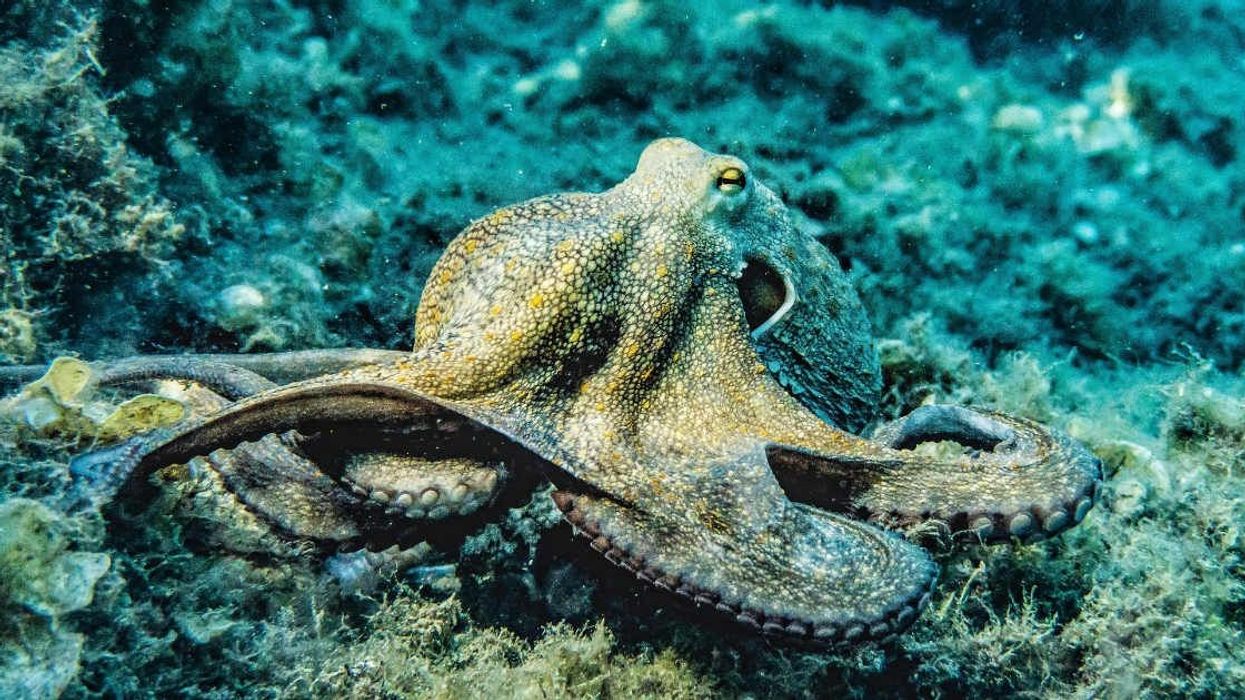Introducing a new chapter of GOOD.
It was almost exactly 10 years ago now that the first ideas for GOOD started to emerge—the first notes jotted down, outlines sketched, and early references pulled. It was our response to what we sensed was a burgeoning movement in culture: a movement of people who were hungry to engage with the world around them in new and creative ways. We saw this across all sectors and age groups but realized there was a common thread linking it all. This was a story we needed to tell and a movement we wanted to push forward.
In 2006, we launched GOOD as “a magazine for people who give a damn.” It was imagined as an ongoing manifesto for this new movement and its community. We sought to inspire and inform people of the possibilities in our world, while providing each one a sense of connection to others who were thinking and operating on the same wavelength.
Now, for the first time since we launched, we have re-imagined what this magazine could and should be from the ground up.
A lot has changed over the last eight and half years. Social technologies have rewired our culture and upended entire industries. A global recession, along with growing recognition of our collective role in environmental change, further clarified how truly interconnected we all are. The whole notion of “social good” that we helped pioneer has evolved from a worldview on the fringe to something widespread, if not quite yet ubiquitous.
GOOD has iterated and evolved over the years to match. We grew from a print magazine into digital media, video, events, and a strategic consulting practice that aims to help other organizations succeed while also doing good. Through it all, we’ve embraced experimentation and sought to try new things. We built and ran a social network for the GOOD community which ultimately did not work, though the core learnings from that are feeding into a mobile app we’re beginning to develop called CTZN.
Through all this change—in the world, in our company, and in ourselves—we decided last year that it was time to put some fresh thinking into the magazine that got GOOD going in the first place.
We dove in, asking ourselves what kind of magazine we would create today if we were launching GOOD for the first time. Over the years, we knew our love of print had not faded, though what we seek from it now is quite different than it was in the past. Today, the web (in all its forms) does incredibly well at filling our needs for news and even inspiration. It’s even getting better and better at telling beautiful stories and creating immersive experiences—all things we excitedly embrace with what we do here on good.is.
Yet, we realized there remains a space and, perhaps most importantly, a feeling that the web cannot reach, one which we set out to fill with this new version of GOOD. This is about creating a space of depth, of beauty, and of substance that we hope you’ll want to soak into. This is about larger stories and bigger pictures to wrap your head around. It’s about the unique and wonderful feel of turning pages with your hands. It’s about creating a more calming pace and contemplative experience where we can take our readers on a journey without the distraction of one million other options a click or tap away. It’s also about producing a physical object we could hold and bring into our lives, to leave on our coffee tables or bedside tables or collect on our bookshelves.
The result of all this thinking is what is releasing now to the world. We’re excited about it, and even slightly nervous if we’re being totally honest. And though the form is now refreshed, the intent here at GOOD remains true: to celebrate, chronicle, and push forward a growing community of people committed to living like they give a damn. Today, in our hyper-connected world, we call this global citizenship.
As we set forth that ideal, we see this new issue as our reminder—to be locally rooted but globally connected, fully engaged with the world as it is but optimistically focused on what it can be, inspired by those delivering creative solutions to real problems and ambitious to join them in the fight. In short, to get out of our minds, and get into the world.
We hope you’ll check it out, and that you’ll enjoy what you see. We’d love to hear your thoughts and feedback in the comments, or you can email me at casey@good.is.
And please subscribe, as this new issue is just the first step. We know it’s only going to get better from here.

















 Screenshots of the man talking to the camera and with his momTikTok |
Screenshots of the man talking to the camera and with his momTikTok |  Screenshots of the bakery Image Source: TikTok |
Screenshots of the bakery Image Source: TikTok | 
 A woman hands out food to a homeless personCanva
A woman hands out food to a homeless personCanva A female artist in her studioCanva
A female artist in her studioCanva A woman smiling in front of her computerCanva
A woman smiling in front of her computerCanva  A woman holds a cup of coffee while looking outside her windowCanva
A woman holds a cup of coffee while looking outside her windowCanva  A woman flexes her bicepCanva
A woman flexes her bicepCanva  A woman cooking in her kitchenCanva
A woman cooking in her kitchenCanva  Two women console each otherCanva
Two women console each otherCanva  Two women talking to each otherCanva
Two women talking to each otherCanva  Two people having a lively conversationCanva
Two people having a lively conversationCanva  Two women embrace in a hugCanva
Two women embrace in a hugCanva 
 A reddit commentReddit |
A reddit commentReddit |  A Reddit commentReddit |
A Reddit commentReddit |  A Reddit commentReddit |
A Reddit commentReddit |  Stressed-out employee stares at their computerCanva
Stressed-out employee stares at their computerCanva
 Who knows what adventures the bottle had before being discovered.
Who knows what adventures the bottle had before being discovered. 
 Gif of young girl looking at someone suspiciously via
Gif of young girl looking at someone suspiciously via 

 A bartender makes a drinkCanva
A bartender makes a drinkCanva